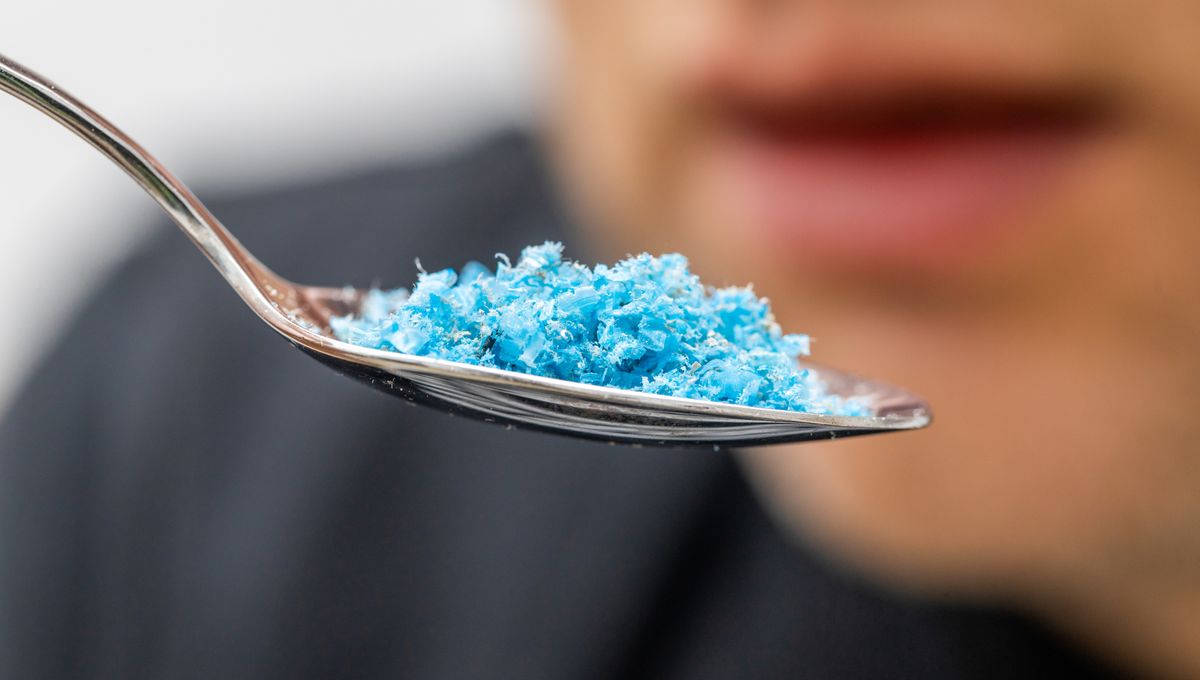
A new metadata analysis into the presence of microplastic concentrations in humans has highlighted multiple links with tissue damage and other health conditions.
Over the course of the last 70 years, plastic has become an increasingly significant global commodity, impacting nearly every aspect of human life. During the 1950s, plastic production was around 1.5 million tonnes, but by 2021 it had increased to 390.7 million tonnes. Plastic waste is now pretty much everywhere, contaminating soil and water sources, as well as airborne in the atmosphere. It is even circulating within the food web, in the biomass of animals.
Over time, plastic degrades to form micro- or nanoplastics (MNPs) which are widely assumed to cause various health concerns in humans and other organisms. Microplastics have been detected in human respiratory, digestive, and epidermal systems, as well as in our reproductive organs, all of which has been potentially linked to causing cancer and other pathological conditions.
However, there is currently a lack of consistent methods to indicate and quantify MNPs in human tissues, despite the need for reliable data to assess the risks and to devise responses.
In a new study, researchers examined 61 research articles on MNP detection in human tissues and body fluids, as well as 840 available articles published in 237 journals that included keywords related to MNPs and toxicology.
The studies examined used various ways to identify plastics in human tissues, including spectroscopy, microscopy, as well as pyrolysis-gas chromatography – a chemical analysis technique that breaks down samples into smaller components for assessment – with mass spectrometry.
The results documented MNPs in various parts of the body, including arteries, veins, bone marrow, blood clots, skin, semen, testes, uteruses, and the placenta. They were also present in people’s digestive and respiratory systems, in saliva, sputum, on people’s tonsils, in their lungs, livers, as well as gallstones and feces.
The analysis found various important outcomes. Firstly, it seems that inhalation is the most common way for MNPs to enter people’s bodies. While it is unclear whether specific genders are more vulnerable to MNP contamination, it does seem that age is a factor. The analysis suggested that children, especially infants and preschoolers, appear to be more susceptible.
“This may be due to babies crawling around in indoor environments and their underdeveloped immune systems,” the authors wrote in their paper.
The researchers also found that people over 60 were also more susceptible than younger people
“Collectively, children and the elderly may be exposed to or retain more MNPs than others. More in-depth lifetime studies are urgently needed to investigate the potential effects of MNPs on the human respiratory system,” the team explain.
Toxicological research indicated that MNPs may trigger oxidative stress – a condition where there is an imbalance of free radicals and antioxidants in the body – mitochondrial dysfunction, various inflammatory responses, and apoptosis – a type of cell death – in different cells. It is also suggested that MNPs can cross the blood-brain and gut-brain barrier, leading to various neurodegenerative diseases.
There was also a positive correlation between MNP buildup and local pathology indicated by tissue lesions. Cancerous growths, inflammatory bowel disease, atherosclerosis, and thrombosis, among others, are all potentially linked to MNP concentrations.
“MNPs with different types, shapes and sizes have been detected in various human systems. Notably, the occurrence of MNPs is markedly correlated with corresponding lesions and diseases, which is the key evidence that MNPs harm human health,” the team conclude.
“Through this review, we found that there are still many challenges in research.”
The team suggest more work needs to focus on ways to comprehensively characterize human MNPs, as well as further investigations into the causal relationship between MNP concentrations and tissue pathologies. Finally, there needs to be more toxicological research that utilizes more realistic exposure conditions to help accurately measure the hazards of MNPs in human health.
“Overall, although a lot of work has been done on MNP detection and toxicological studies in human systems, it is still far from enough. In addition to more accurately characterizing MNPs in humans and assessing their hazards, it is also crucial to develop effective MNP degradation strategies and control the production/use of plastic products from the source.”
The study is published in TrAC Trends in Analytical Chemistry.
Source Link: Microplastic Concentrations In The Human Body Linked To Multiple Tissue Lesions